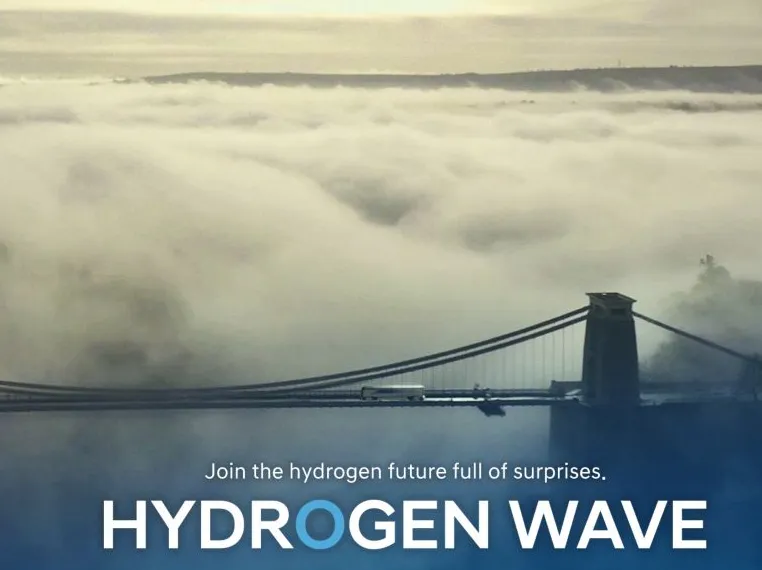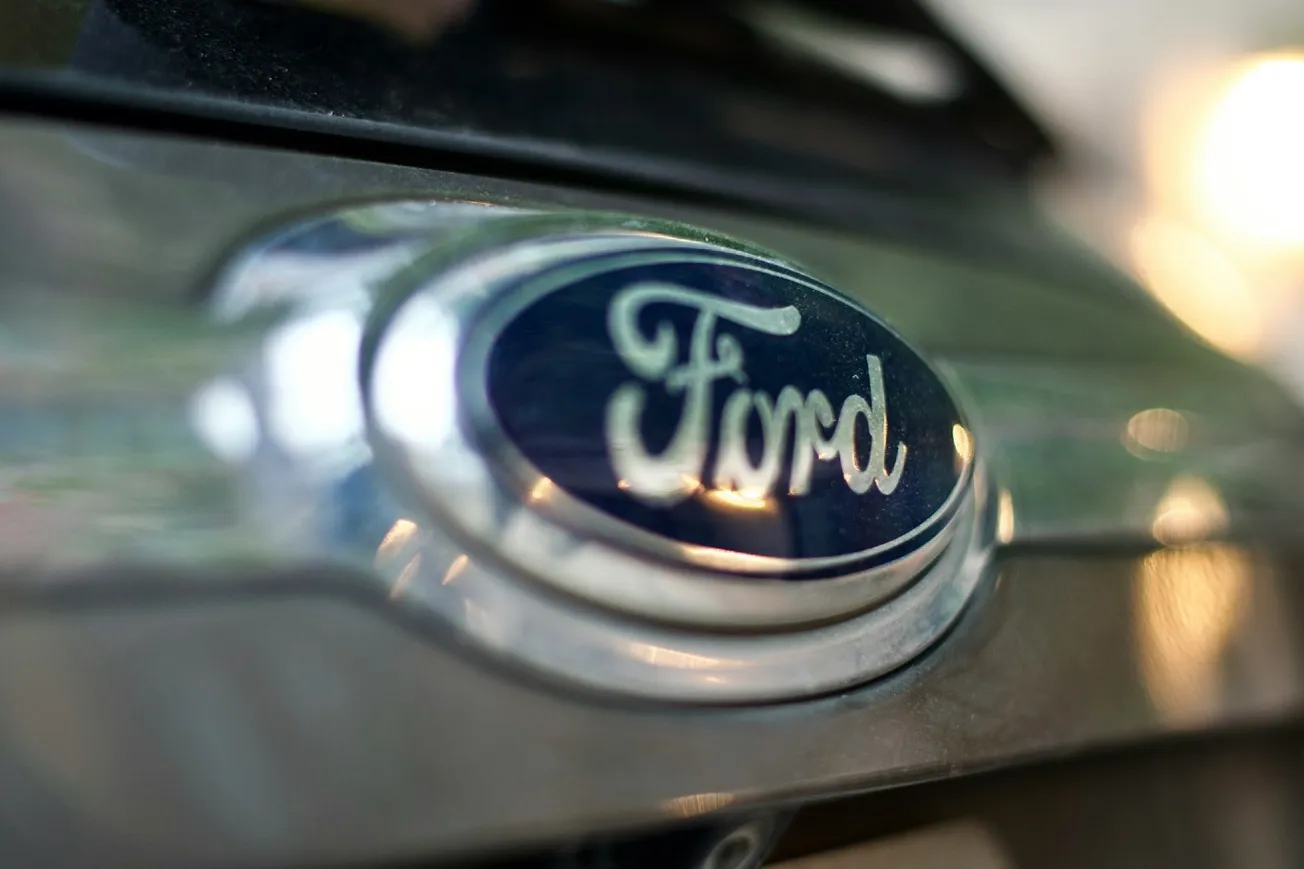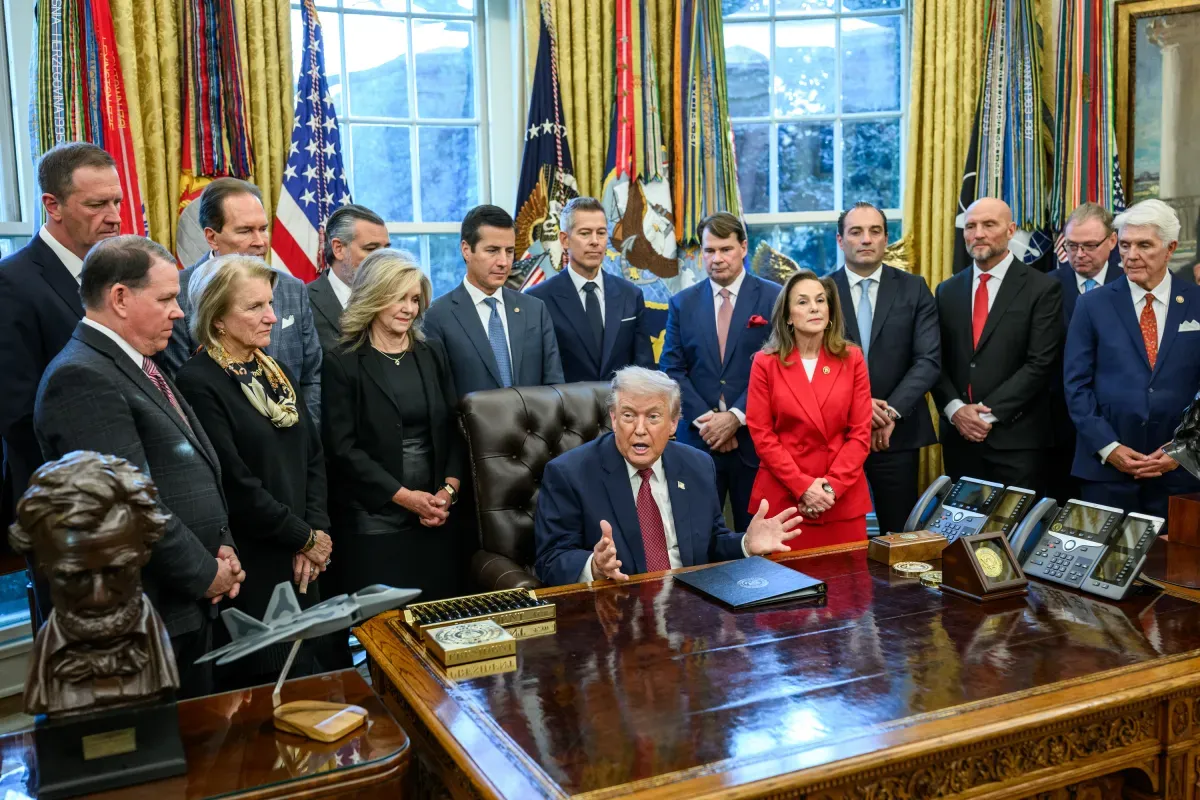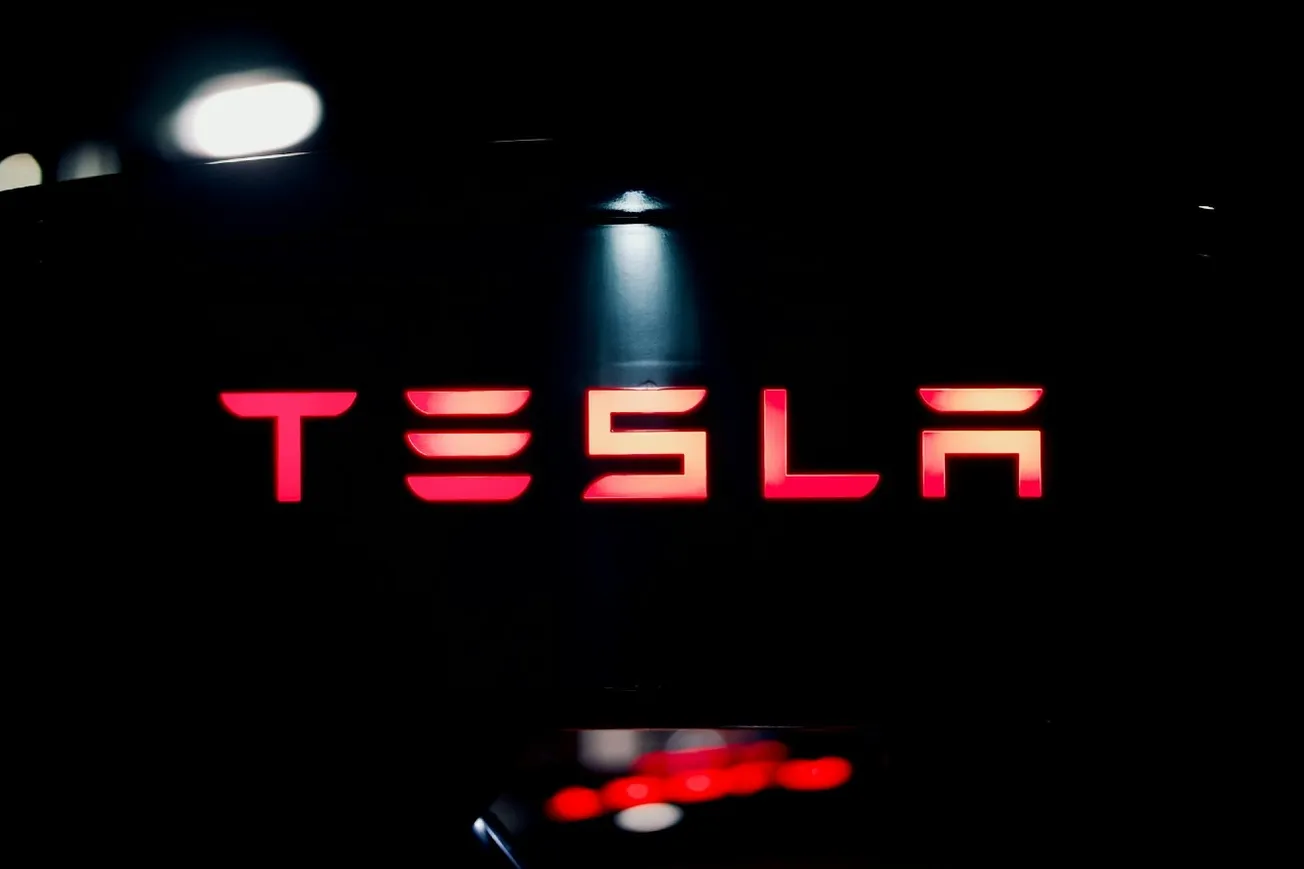There are times when our flat-out race to escape one technology, in this case, fossil fuels, makes it impossible for us to consider what will replace it objectively. This is very much the case in the world of transportation. For more than 100 years, virtually all vehicles on the land, sea, and air have been powered by petroleum-burning engines of one type or another. For the past decade, scientists have told us that the Earth’s climate is changing due to increases in greenhouse gasses in our atmosphere. The number one greenhouse by volume is carbon dioxide, and the leading producers of this gas are motor vehicles of all types and aircraft. Several years of extreme weather around the world, including forest fires, floods, hurricanes, tornados, have energized leaders worldwide to replace fossil fuel engines in all vehicular applications ASAP!
Vehicle manufacturers have responded by announcing their plans to switch to electric-powered vehicles. While timelines vary by manufacturer, no car company wants to look like a laggard, or worse, look as if they do not care about preserving our planet!
Recently, one company, the Hyundai Motor Group, decided to show the world a road less traveled by showing how hydrogen could end up being an efficient and necessary part of the path to ending our dependence on fossil fuels. In its “Hydrogen Vision 2040,” the Group explained it intends to popularize the use of hydrogen fuel cells for “Everyone, Everything, and Everywhere.”
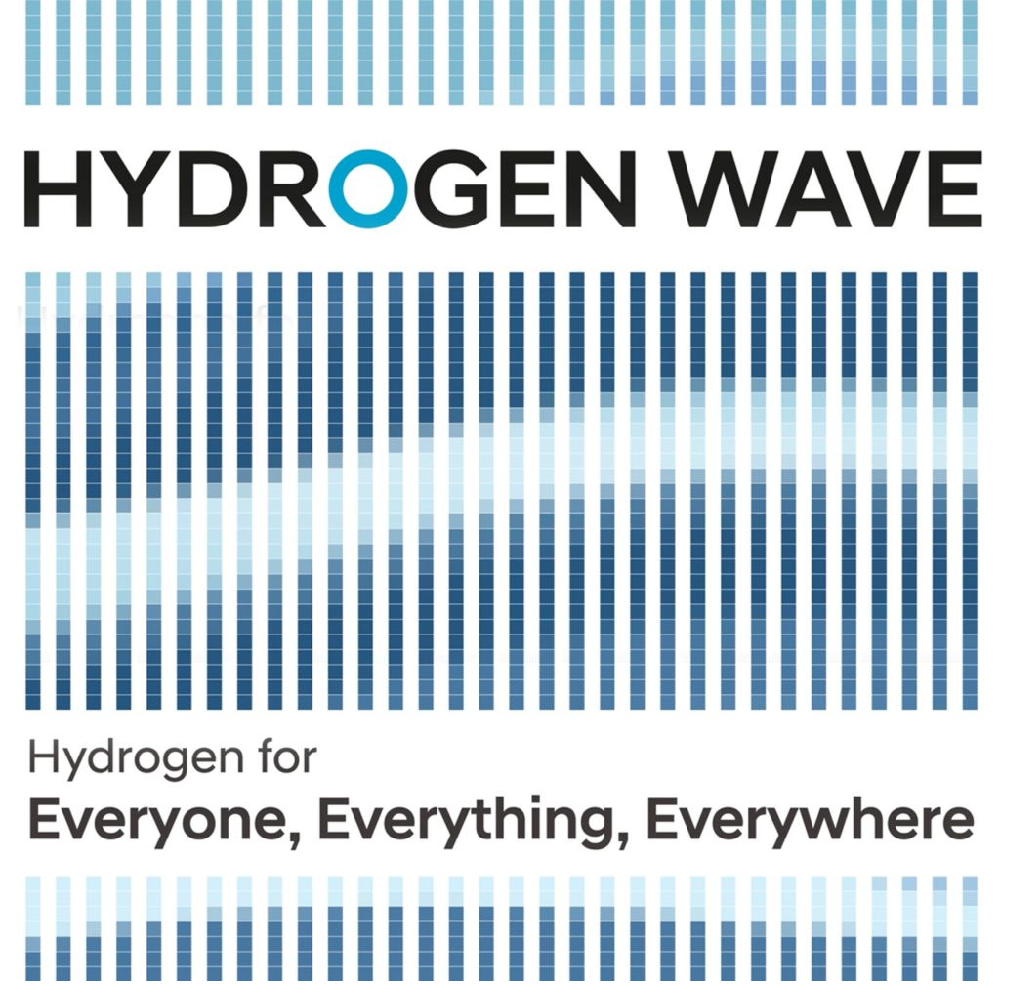
The Group intends to become the first maker to power all of its commercial vehicles by 2028. It also wants to make fuel cell-powered electric vehicles price competitive with battery-powered electric vehicles by 2030. And introduce an entirely new and broad range of hydrogen fuel cell vehicles ranging from flying drones to high-performance sports cars and even emergency and rescue vehicles.

In a presentation on September 7th, Hyundai’s Chairman, Euisun Chung, explained his vision this way, “By developing advanced technologies and innovative systems-as well as encouraging close collaboration between public and private sectors around the globe, it is possible to make this sustainable vision a reality for all.”
It is important to point out that electric motors ultimately power all of the transport solutions presented as part of Hydrogen Vision 2040. But the key difference from other electric vehicles is that they get their electricity from a fuel cell powered by hydrogen gas which, when combined with air inside the fuel cell, produces electricity and an exhaust gas we know as water!
You may ask yourself, what is the big deal? If it will run on an electric motor, why not just throw a battery in it and call it a day!
Well, the problem is that batteries need to be recharged to operate. And the rate at which manufacturers have agreed to build battery-powered electric vehicles is very likely to cause shortages in the rare earth metals necessary to produce the batteries, which will disrupt the availability of batteries for the new battery electric vehicles. Additionally, the rate at which electric charging stations are being built is not fast enough to support all EVs that are due to come into the marketplace by 2030. The increased demand for electricity to supply those chargers will exceed our ability to produce sustainable electricity. The road to a sustainable future will likely feature many shortages and brownouts! If you have any doubts about the vulnerability of our grid, ask anyone who lives in Louisiana after IDA.

Granted, you don’t find that many hydrogen stations in the U.S. right now either. There are some in California, but that is about it. But two points are very much worth making here. Hydrogen can be manufactured by using electricity to separate hydrogen atoms from oxygen atoms in water. The hydrogen, a gas, can then be collected and stored at high pressure and then either pumped to fueling stations by pipeline or in pressurized canisters, not totally unlike those used on your gas grill.
Isn’t that inefficient if you are going to use electricity to make the hydrogen gas only to turn it back into electricity again in the fuel cell of your car? Not really, because using electricity to produce hydrogen allows you to store its energy. For example, wind generators often produce more electricity than there is load. When that happens, the electricity is effectively wasted. Similarly, solar panels may produce much more electricity during the day than load….and again, it goes to waste. But, if it is used to produce hydrogen by electrolysis, that energy is stored and available for use when needed.
Another strong point to be made here is that hydrogen can be used in two different ways once it is produced. It can either be combined with oxygen from the air inside a fuel cell, which is at the center of the Hyundai scenario. Or, it can be burned, very much like a conventional fossil fuel in an internal combustion engine, very much like fossil fuels of the past. Again, the big advantage is the exhaust is….water! No carbon dioxide here.
I salute the people at Hyundai for taking the road less traveled. I am sure the hydrogen road is more than wide enough for one manufacturer. And even the fact that a single manufacturer has elected to take it will ease the congestion in the competition for batteries and for charging stations.
We have had fossil fuel-powered cars for more than a hundred years. At almost no time during that history have we ever tried to make such a monumental technological change in such a short time. Back when cars were first invented, the common wisdom of the day said, “Smart people don’t put all their eggs in one basket.”
Perhaps that is still a good idea. Electric vehicles are great, and Hydrogen vehicles would help solve the same problem, ending our dependence on fossil fuels.
ICYMI
The editorial board of tippinsights would like to thank RealClearPolitics for featuring our inaugural editorial.


